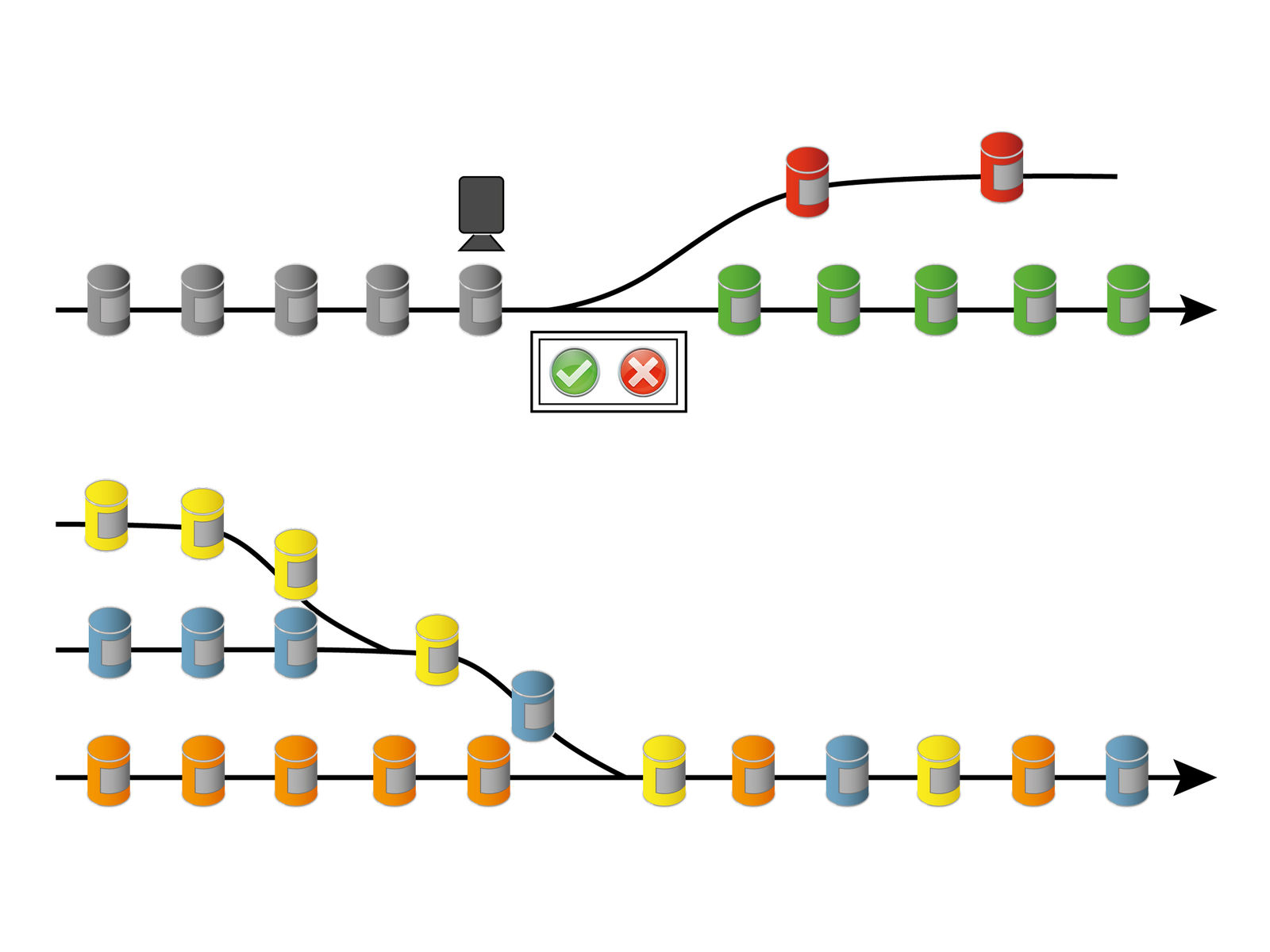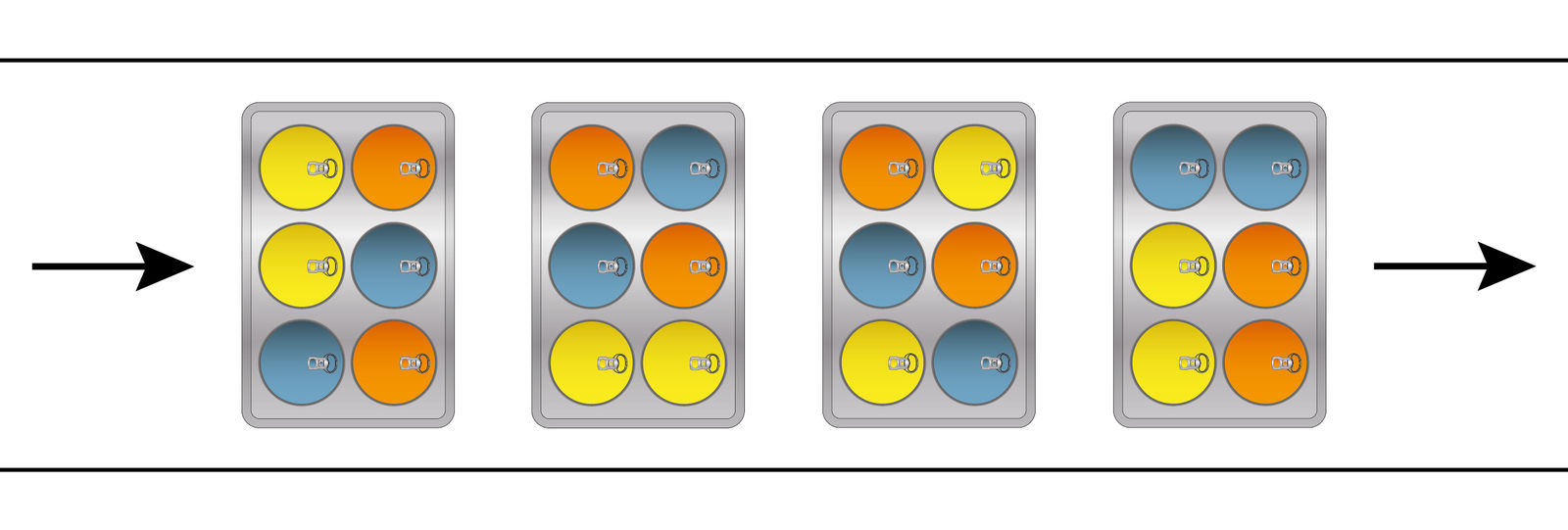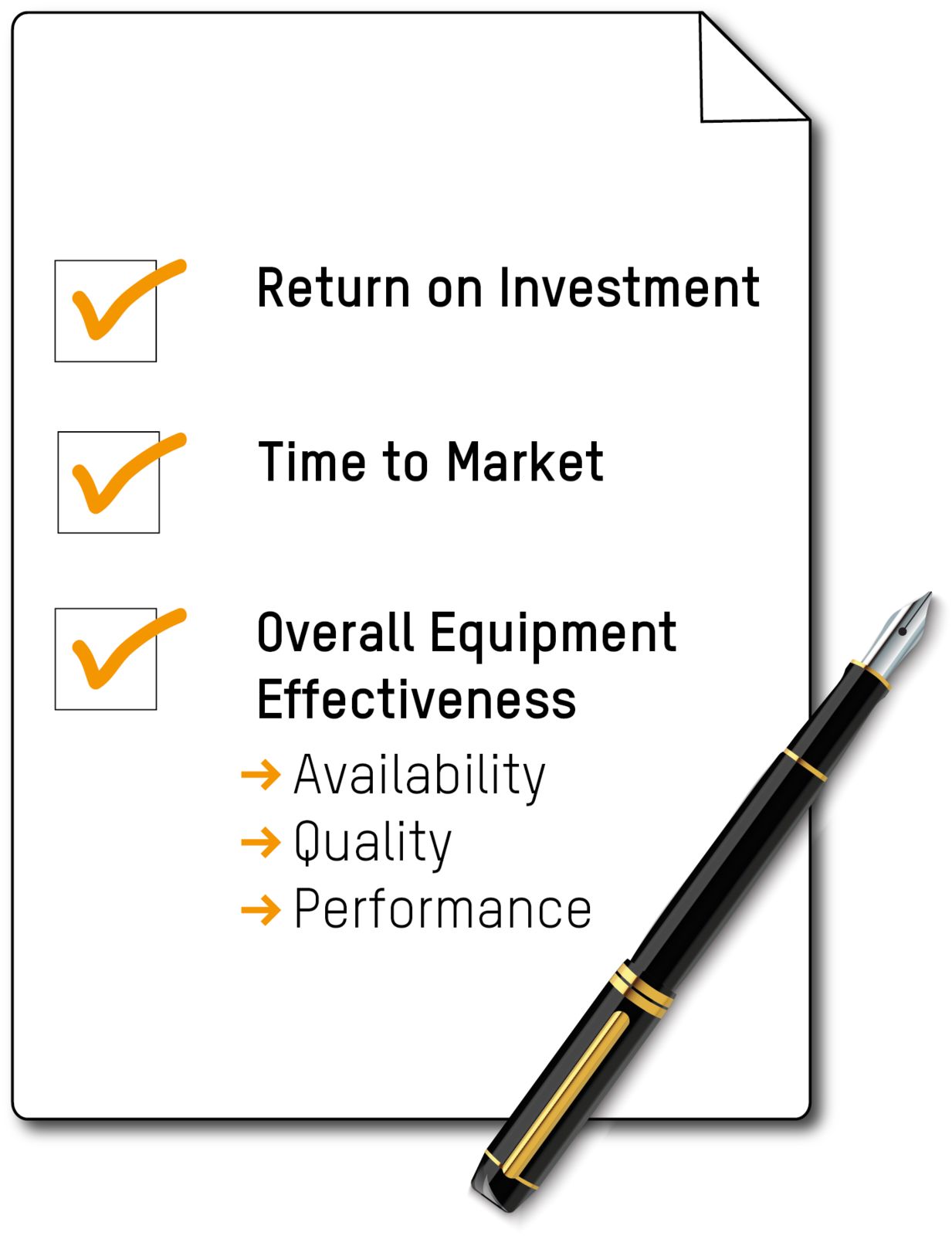For today's generation of digital natives, the ability to personalize the products they buy is increasingly expected as a given. To keep pace, the makers of these products need highly flexible manufacturing systems that are at the same time efficient and profitable. This introduces a whole new set of demands on plant infrastructure.

The variety of options available for customizing mass-produced products continues to grow. It's no longer limited to the usual suspects like breakfast cereals, cars and photo books. Particularly among the younger generation of digital natives, there is a growing desire to fine-tune every online purchase to match their individual tastes and preferences. "The era of individualization has only just begun," declares Robert Kickinger, mechatronic technologies manager at B&R.
Profitable production in batches of one
Batch-size-one production is nothing new, really. In fact, it's standard practice in many craft businesses. "What is new, however, is the idea of making customized products under mass-production conditions," asserts Kickinger. So far, this has proven difficult to implement in a way that is economically viable. That's because any increase in system flexibility is usually accompanied by a reduction in overall equipment effectiveness (OEE). "When that happens, individualization is no longer profitable."
The goal of mass customization is therefore to keep the three factors of OEE – availability, performance and quality – at a level consistent with what can be achieved in mass production. In addition, manufacturers seek to maximize their return on investment (ROI) and to minimize their time to market (TTM) for new and improved products. "This is the only way to make mass customization viable from an economic perspective."
Up to now, developing flexible manufacturing systems has been a tedious process. "In many cases, you don't see the problems until the system is actually up and running," explains the mechatronics expert. At that point, fundamental changes to the machine design can extend the time to market by months. "That can be very costly." If the system as a whole or individual components can be simulated and tested in advance, the time to market can often be reduced dramatically.

Fast changeover
Once the system is in operation, availability becomes a decisive factor and changeover times play an important role. "The kind of individualized mass production we'll see in the future will be characterized by near real-time processing of online orders," explains Kickinger. By defining the features of the products they order online – from cars to printed products – today's customers have already assumed a highly-automated role in the production process. "This will soon be the standard approach for a much broader range of products," he maintains. To ensure system availability and profitability, changeover times will need to be kept to a minimum or even eliminated entirely.
Yet, it's not just the products themselves that are becoming increasingly customized; the same holds true for how they are packaged. A bottling line that produces three different beverages, for example, should also be able to combine them into any conceivable six-pack arrangement. "That's simply not possible on a conventional line," says Kickinger. The constant changeovers would throttle productivity. "What's needed is a solution that allows flexible integration of product flows in real time and at full speed."
Real-time rejection
To ensure sustained high quality, lines must be able to react to faults and defects in real time – without compromising the production process. "Defective products need to be rejected on the spot, while maintaining full production speed," says Kickinger. If a defective item is not sorted out immediately following quality inspection and is instead permitted to continue down the line, it will eventually become necessary to scrap an entire package full of products.
It's not only products that can be defective, however. If one valve in a bottling line stops working, for instance, the automation system should react intelligently by no longer sending bottles to that station, while the process as a whole continues uninterrupted. Kickinger notes that there have traditionally been two options in such a scenario: "Either I let the process keep running and scrap all the products affected by the faulty valve, or I stop production altogether." From an economic perspective, neither alternative is particularly attractive.


Scalability and ROI
In most cases, a conventional manufacturing system doesn't scale easily. To increase output, it's necessary to either add a second line or replace the existing line with a larger one. These options require considerable investment and eat up valuable floor space. "But, it doesn't have to be that way," promises Kickinger.
In a rigidly-timed process, the slowest station determines the maximum output rate. To increase output, the automation solution needs to enable more dynamic timing of processing cycles. If you're able to perform those slower processing steps at multiple stations in parallel, you can multiply productivity without a proportional increase in the machine footprint. Such an approach hinges on the ability to split the product flow and then merge it back together farther down the line.

Competitive advantages
If the line also allows you to add and remove stations on site, that opens up additional possibilities to adjust capacity to changing demand. "Manufacturing technology that adapts to your production requirements: that's ROI you can take to the bank," says Kickinger.
ROI, OEE and TTM are the main economic factors underpinning all manufacturing operations. In this context, both the builders and operators of machinery and plants must rise to the challenge of increasing production flexibility. "Fail to take this seriously and you will find yourself at a competitive disadvantage," warns Kickinger. Mass-customized products have been shown to achieve higher margins than their conventional counterparts. Successful implementation, however, stands or falls with key advancements in plant infrastructure.
The future of individualization
At the 2017 SPS IPC Drives, B&R will be presenting a new product that will simplify mass customization dramatically. The product will be unveiled at the B&R booth (Hall 7, Booth 206) on Tuesday, November 28th at 9:30 AM. The event will be broadcast live around the world on YouTube.
Author: Carmen Klingler-Deiseroth, freelance journalist